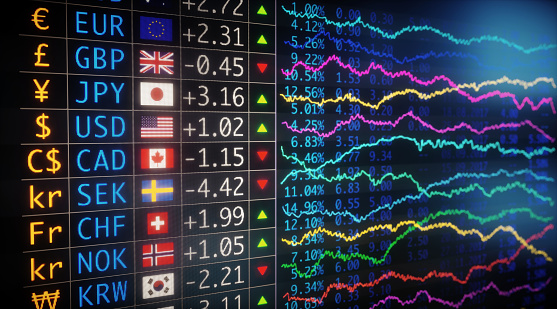
Forex

Forex
When traders choose which market to trade, they are looking for optimal trading conditions and the best chance of taking a profit.
While you can go short on other markets by using derivative products, short selling is an inherent part of trading forex. This is because you are always selling one currency (the quote currency) to buy another (the base currency). The price of a forex pair is how much one unit of the base currency is worth in the quote currency.
For example, in the forex pair GBP/EUR, GBP is the base currency and EUR is the quote currency. If GBP/EUR is trading at 1.12156, then one pound is worth 1.12156 euros. If you think that the pound is going to increase against the euro, you would buy the pair (going long). If you think that the pound will decrease in value against the euro, you would sell the pair (going short). Your profit or loss will depend on the extent to which you get your prediction right, meaning it is possible to profit whichever way the market moves.
The foreign exchange (FX) market is open 24 hours a day, five days a week – from 5pm EST Sunday to 4pm EST Friday*.
These long hours are because forex transactions are completed between parties directly, over the counter (OTC), rather than through a central exchange. As forex is a truly global market, you can always take advantage of different active session’s forex trading hours.
There are four major trading sessions each day, matching the opening hours of banks in London, New York, Sydney and Tokyo. There is a high volume of trades throughout each of these sessions, and especially when sessions overlap.
It is important to remember that the forex market’s opening hours will vary in March, April, October and November, as countries shift to daylight savings on different days.